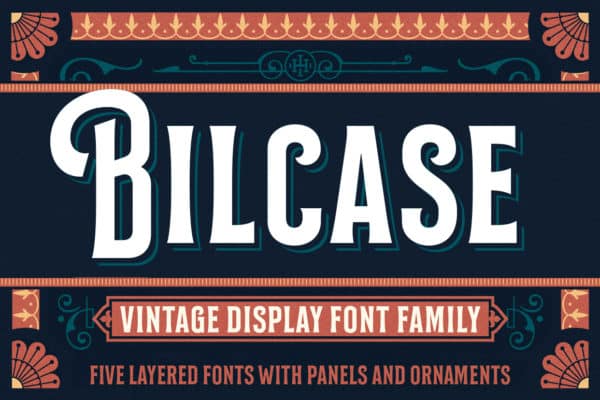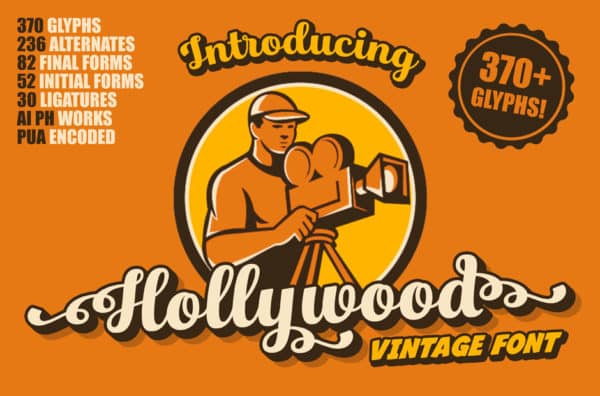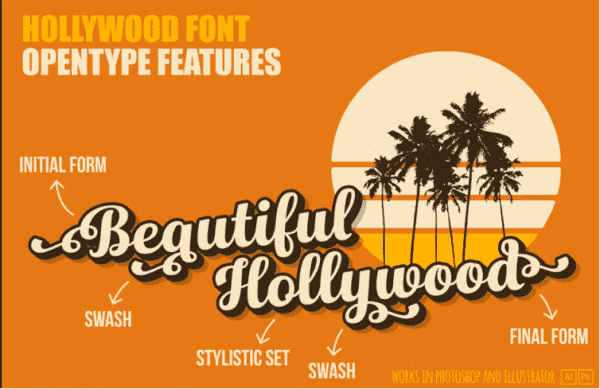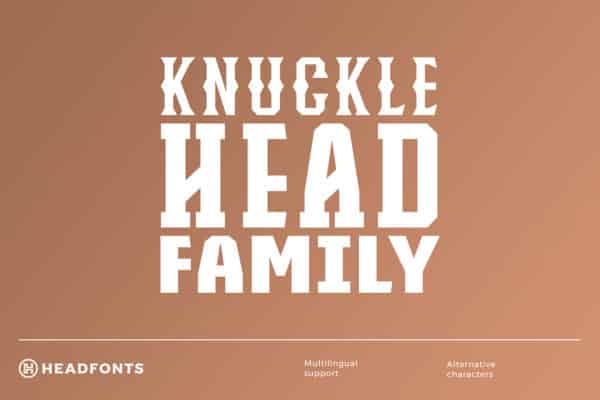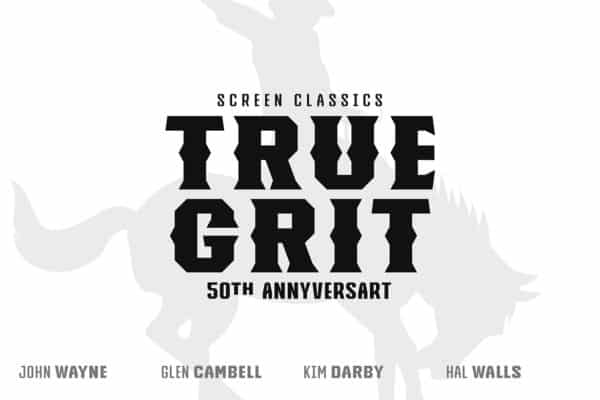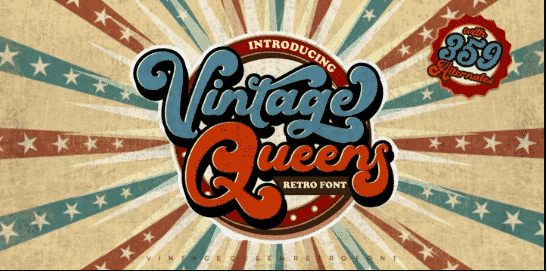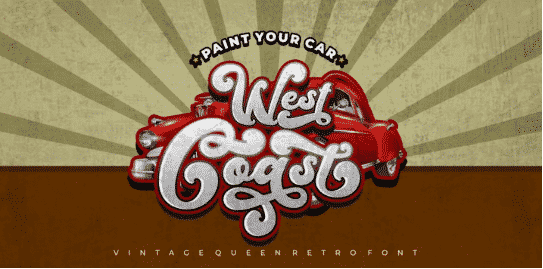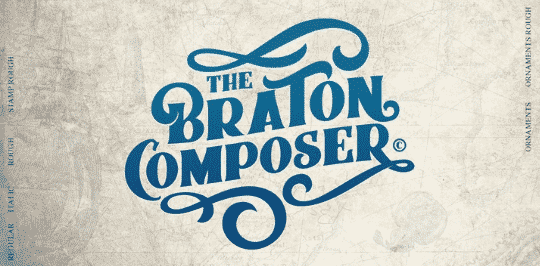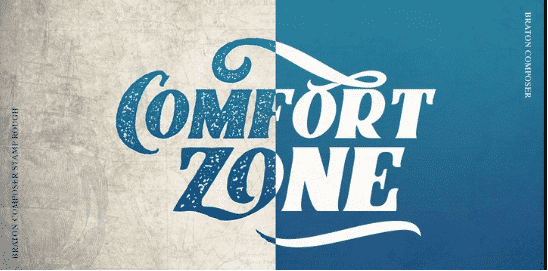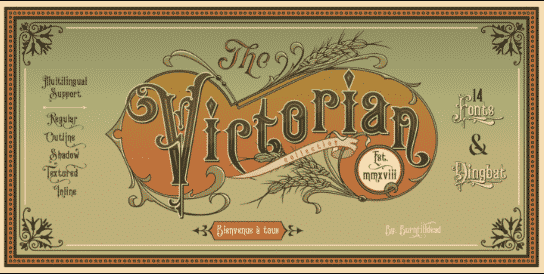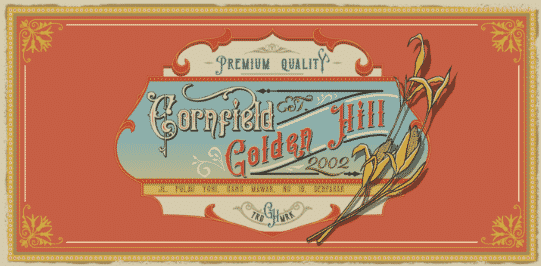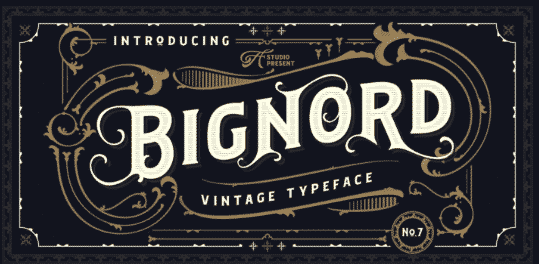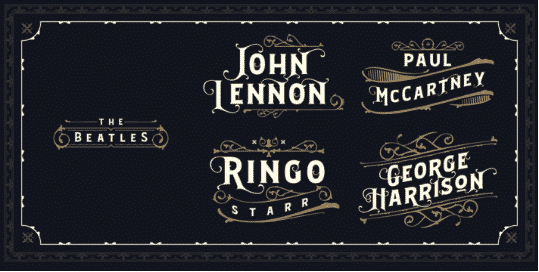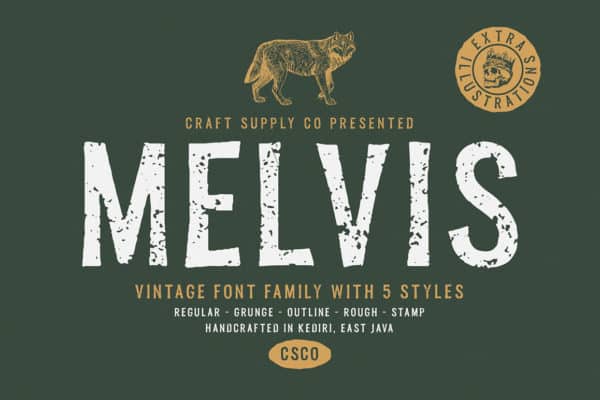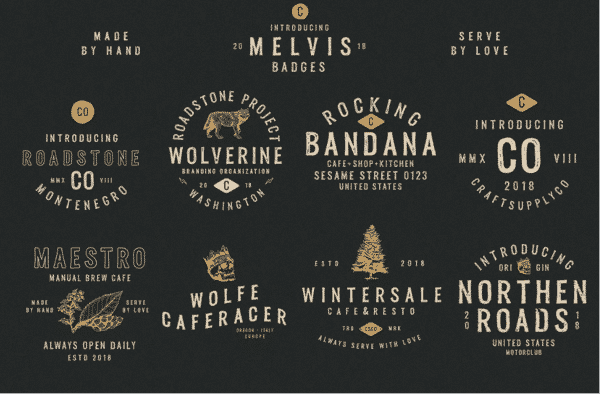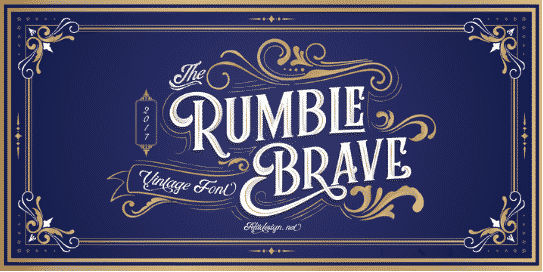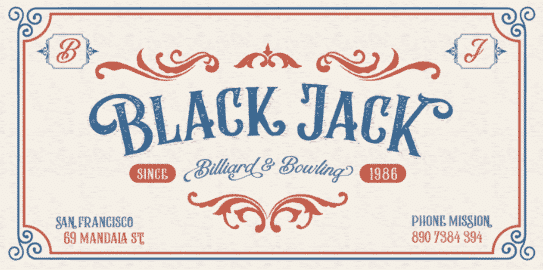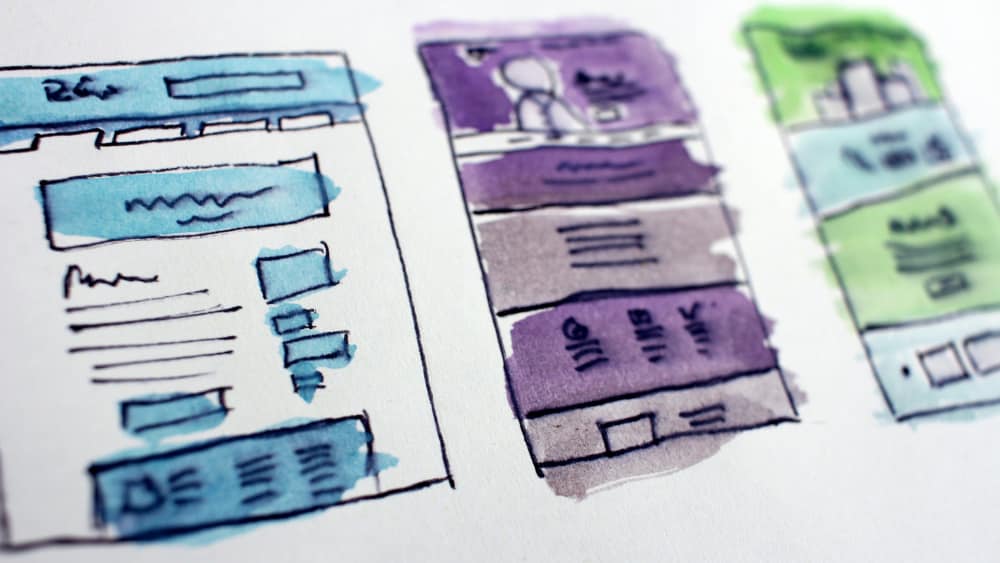This article has been contributed by Rob Meyerson, who we interviewed on the JUST Branding Podcast.
Those with little experience naming new brands may imagine it takes little more than a late-night brainstorm over pizza and beer. But the scarcity of available names, the necessity of legal and linguistic viability, and the difficulty of aligning on a single name require a considerably more rigorous approach.
The entire naming process includes writing a clear naming brief, generating a massive list of ideas, and putting a shortlist through preliminary trademark screens and linguistic checks. Once this work is completed, you’ll have a list of on-brief, vetted name ideas. But ultimately, you don’t need a list of names – you need one.
Getting a client (or your own team, for that matter) to agree on a single brand name is one percent creativity, ninety-nine percent psychology. Maybe that’s an overstatement, but for all the effort that goes into creating names, much of the work of naming is in getting a group of people – often with diverse roles, backgrounds and levels of comfort with creative exercises – to select a final name.
That’s where the naming presentation comes in. And it’s why a good naming presentation is not just about showcasing the best ideas, but also driving consensus and buy-in. Managing disparate reactions and opinions is a messy business, but a well-crafted presentation can mitigate many predictable challenges of consensus-building.

How to Structure a Naming Presentation
One reason to insist on a formal presentation of names is that it lends some gravitas to the naming process and helps ensure the audience is paying attention. Rather than emailing name ideas or listing them on a whiteboard and asking people to vote, build a presentation in slide software like PowerPoint, Keynote or Google Slides. In addition to standard content – title slide, agenda, next steps – the naming presentation should contain the following five sections:
- Overview
- Review of the naming brief
- Priming the audience
- Name ideas
- Summary of name ideas
Let’s examine each section in more detail.
1. Overview
Start by reminding the decision-making team that the purpose of the meeting is to select a handful of preferred name candidates – not to decide on a final name. (This reminder sets the right expectations and takes some pressure off the meeting.) They can’t narrow it down to one at this point in the process, because name ideas will have only undergone preliminary trademark searches. A more in-depth legal search should inform the final decision. Because that deeper search can nix several names, plan on sending five or six to the attorneys.
Sharing a process overview at this point can also serve as a subtle reminder of how much work has gone into the names you’re about to share – that these are not just a selection of your favorite, off-the-cuff ideas, but name candidates derived through a rigorous process.

2. Review of the Naming Brief
As mentioned, the beginning of the naming process should include the creation and approval of a detailed naming brief, featuring information such as what’s being named, what ideas the name should convey, what types of names are in bounds and out, and the desired tonality of the name.
Even if the audience is intimately familiar with the naming brief, it’s best to review it again, immediately before assessing names. Remind everyone what served as a “jumping off point” for naming, what was explored and avoided, and any other relevant details from the brief.
3. Priming the Audience
The next section of the presentation aims to put meeting attendees in the right frame of mind for reviewing names (i.e. here comes some psychology). Each slide counters a common misconception of naming that could derail the presentation. Slides in this section often include the following reminders:
- The strongest brand names are grounded in strategy. Decision-makers should ask themselves which name will work, not which name they like the most. Good names are also stretchable enough to support future growth, easy to remember, and legally and linguistically viable (among other attributes).
- The name is just one part of the brand. Avoid the temptation to try to make the name “say everything” since it will likely be viewed or heard in the context of a visual identity, messaging and other brand elements. This point can be demonstrated by showing a name that looks like “just a word on a slide” until other brand elements – a logo, a package, a website – are added.
- Keep an open mind. Consider names like Caterpillar, Virgin, or Starbucks, which initially must have felt silly, controversial, or otherwise problematic. Suppress knee-jerk reactions at this stage – the best name ideas can feel off-putting at first.
- Don’t expect a name to “jump off the page.” Names are rarely love at first sight. Even if one decision-maker favors a name immediately, chances are the rest of the team won’t feel the same way.
- The lawyers will have to review names before you start using one (i.e. you’re not walking out of this meeting with a final name).
- Some naming presentations include a slide highlighting the total number of names generated. If you’re presenting twenty, your master list may contain 500. Like the process overview above, this information hints at the hard work behind the names. On the other hand, sharing these numbers might lead attendees to request access to the full list, which is best avoided.
Before sharing names, I recommend telling the audience you’ll present all the ideas first, then invite discussion. This approach is more efficient and encourages evaluation of the names as a group, rather than one at a time. By assessing the full list at once, attendees can more easily consider which names will work best from a strategic standpoint, as opposed to looking at each idea in isolation and asking themselves, “Do I like this name?”
4. Name Ideas
The “right” number of names to present depends partly on what types of names you’ve explored, whether you’ll be doing multiple rounds of naming, and other project-specific details. But try to find the sweet spot: Present too few, and the audience will feel your exploration didn’t go far enough. Worse, you’ll have lowered the probability that one or more of your ideas will resonate. On the other hand, if you present too many names, the decision-making team may be overwhelmed and suffer from “paralysis by analysis.” All else being equal, I like to share 20–30 name ideas in a typical, first-round naming presentation.
Create a slide for each name based on a simple template that includes:
- The name, near the center of the slide, in a large, neutral font
- Optionally, a handful of bullet points at the bottom of the slide (smaller text) with rationale, strengths of the idea, relevant definitions, or illustrative marketing copy
- A visual aid – a simple mockup showing the name in a realistic context to help the audience make the necessary “mental leap” to envisage the idea as a brand name.
To avoid biasing decision-makers, make the visual aid virtually identical on each slide (although you may want to alternate between two similar designs so viewers don’t become “blind” to the mockups). If you’re naming a company, a business card can work well – a neutral, grayscale design with a handful of realistic details like the company’s address and a “®” next to the name. If you’re working on a product name, a mock package or webpage could work. Do not create a unique visual identity or mockup for each name.

As you present each slide, say the name out loud. It’s important that the audience hear the ideas, too, to confirm pronunciation, aid in recall, and imagine the name in an audio-only context (e.g. over the phone or in a radio ad). Next, make a case for the name—explain where the idea came from, why you think it’s interesting, why you like it, or anything else significant. Your goal shouldn’t be to “hard sell” the name, but to ensure your audience has a well-rounded understanding of the idea and time to process it fully before moving to the next slide.
A brief note on the order of the names: Try not to overthink it, but if you can, a) get any expected ideas out of the way first (e.g. any listed in the brief), b) put very similar names next to each other (as “variations on a theme”) and c) given the primacy and recency effects, err on the side of putting stronger candidates closer to the beginning and the end of the presentation.
5. Summary Slide
Immediately following the individual name slides, show an alphabetical list of every name from the presentation, all on one slide.
Instructions for feedback
Now comes the moment of truth. Assuming attendees have refrained from sharing their opinions during the presentation, this is your first opportunity to hear what’s resonating. The success or failure of the entire meeting may hinge on the next few words uttered. For example, imagine this worst-case scenario: The CEO blurts out, “I don’t like any of these.” If no one’s brave enough to contradict the boss, the meeting is over, and you’ll have trouble regaining the team’s confidence.
Of course, if you’ve done your homework, a swift dismissal of all the names is unlikely. More likely reactions at the end of a naming presentation include, “We definitely can’t use that one” or “I think we can all agree these three won’t work.” Faced with a tough decision, it’s natural to pursue a process-of-elimination strategy. But as soon as a negative thought is attached to a name, it creates a chilling effect – anyone who liked the idea is less likely to speak up. If you let everyone snipe at their least favorite names – even for ridiculous reasons – they’ll decimate your list before you can say “Boaty McBoatface.”
To avoid this fate, I recommend being somewhat dictatorial in your instructions. Here’s an example of what I might say as soon as the summary slide appears on the screen:
“Here are the 25 names I just presented, in alphabetical order. I want to get your feedback now, but I need you to follow one rule: Please start by sharing only your positive reactions.
With this many names, you probably saw a few you think can’t work. That’s ok – it’s part of the process. But keep any negative thoughts to yourself, for now, to avoid biasing everyone else. Even if we ultimately reject a name, we need to know what people like about it because it may spark another idea.”
These instructions create the opposite of a chilling effect (a warming effect?): Instead of a single “I don’t like it” poisoning the whole discussion, positive reactions will spread contagiously throughout the group. Those who were too shy to advocate for an idea will be more likely to do so. Your audience may even pile on, eager to share what they love about a name that’s starting to look like a crowd favorite.
As meeting attendees list the names they feel good about, keep a private tally. Once everyone has had a chance to speak, share some thoughts on which ideas the team is rallying around. These names are frontrunners for full legal searches. If the project calls for an additional round of naming, selected names may also inform future name generation.
After the Presentation
One final thought about naming presentations: While it’s standard practice to send out a slide deck after presenting, avoid sending it to anyone who didn’t attend the meeting, and remind recipients to keep it to themselves. Emailing a naming presentation (or worse yet, pasting names into an email) deprives the names of necessary context. If you’ve read this far, you already understand the importance of putting name ideas in context – priming the audience, reviewing the brief and managing the discussion. Without the presentation, you may have a list of creative ideas, but you’re missing the other ninety-nine percent.
In Summary: Dos and Don’ts
My recommendations aren’t one-size-fits-all; I encourage you to experiment and find what works best for you when presenting names. But much of my advice stems from trial and error – I’ve made plenty of mistakes and watched other branding professionals bomb like a standup comic on an off night. I hope this article will help you avoid that fate. With that in mind, here’s a list of dos and don’ts for naming presentations:
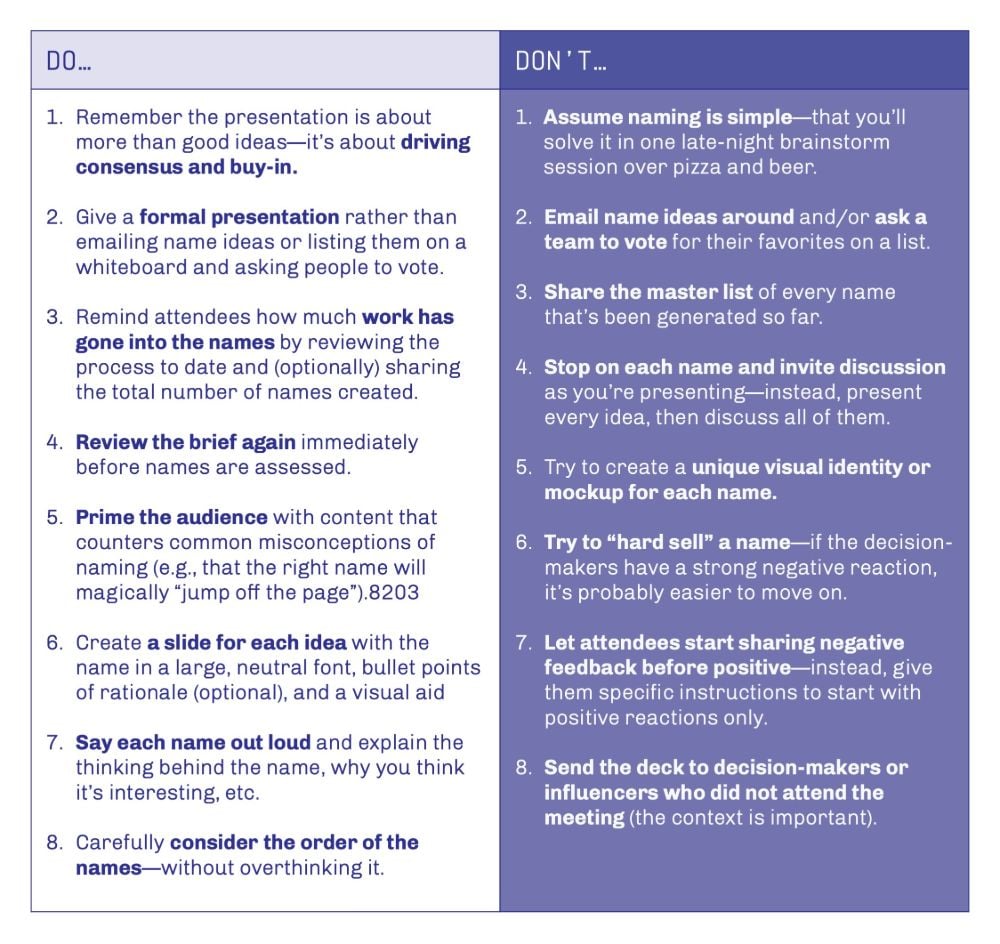
_
About the author: Rob Meyerson is a brand consultant, professional namer and host of the How Brands Are Built podcast. He is also principal and founder of Heirloom, an independent brand strategy and identity firm in the San Francisco Bay Area.






